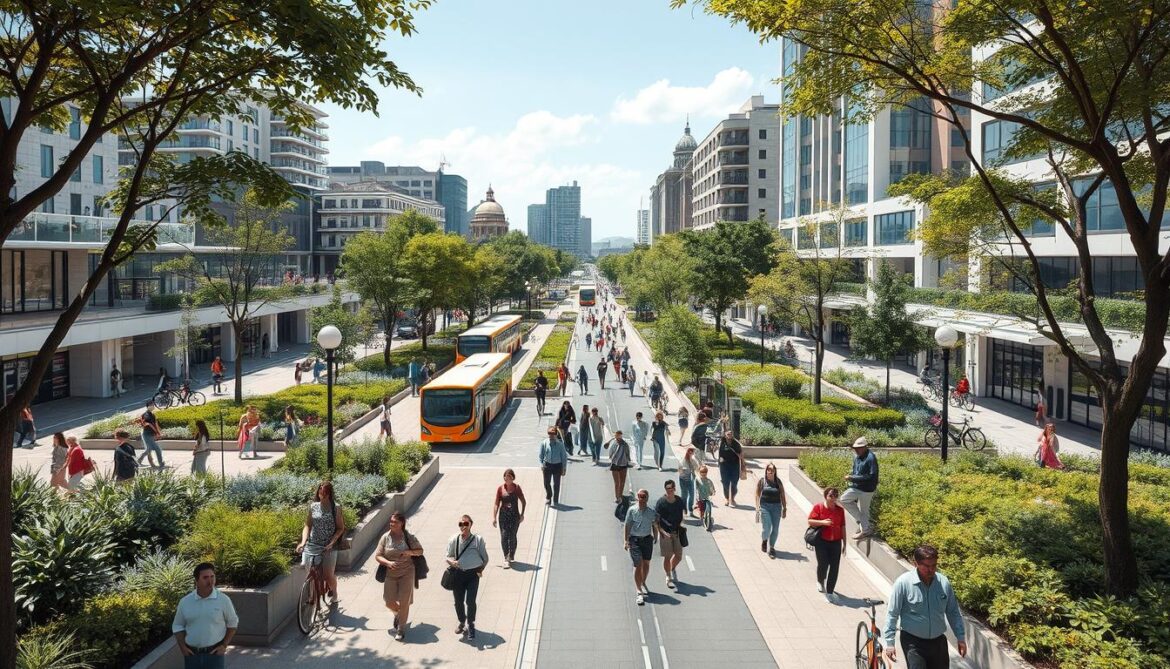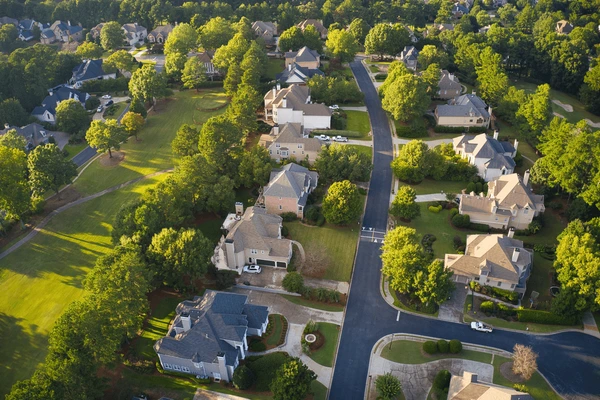
Urban morphology refers to the study of the physical layout, spatial patterns, and structural form of urban areas, including elements such as streets, plots, buildings, and open spaces (Moudon, 1997). It provides insights into how cities evolve over time and how the arrangement of these components influences land use, movement, and urban functionality (Conzen, 1960).
Continue reading




